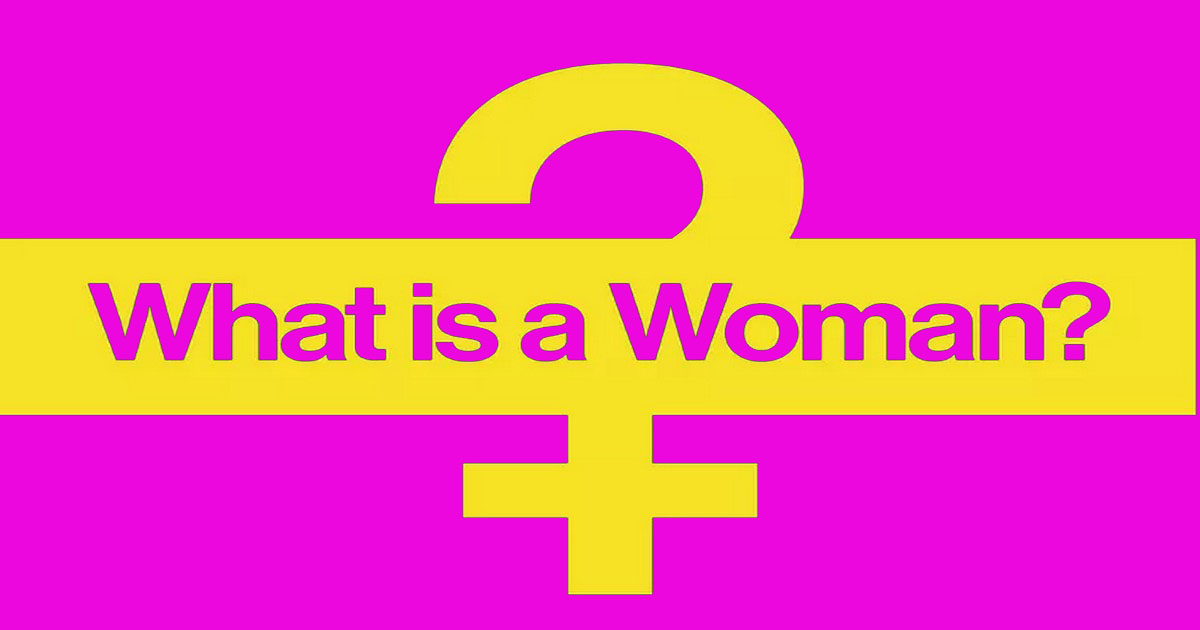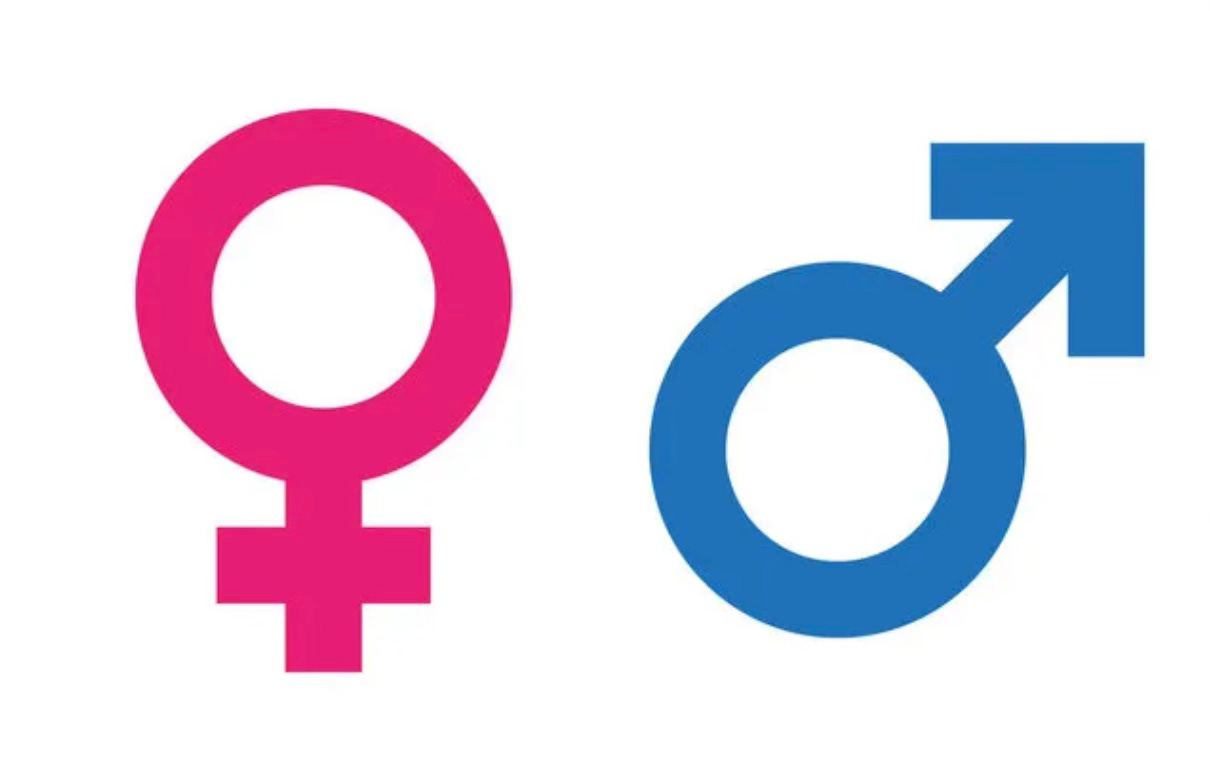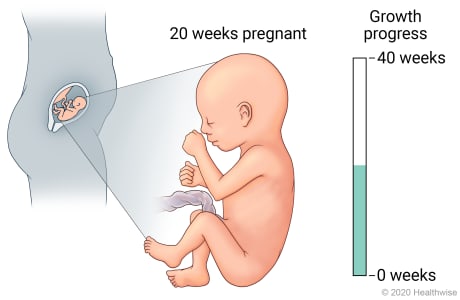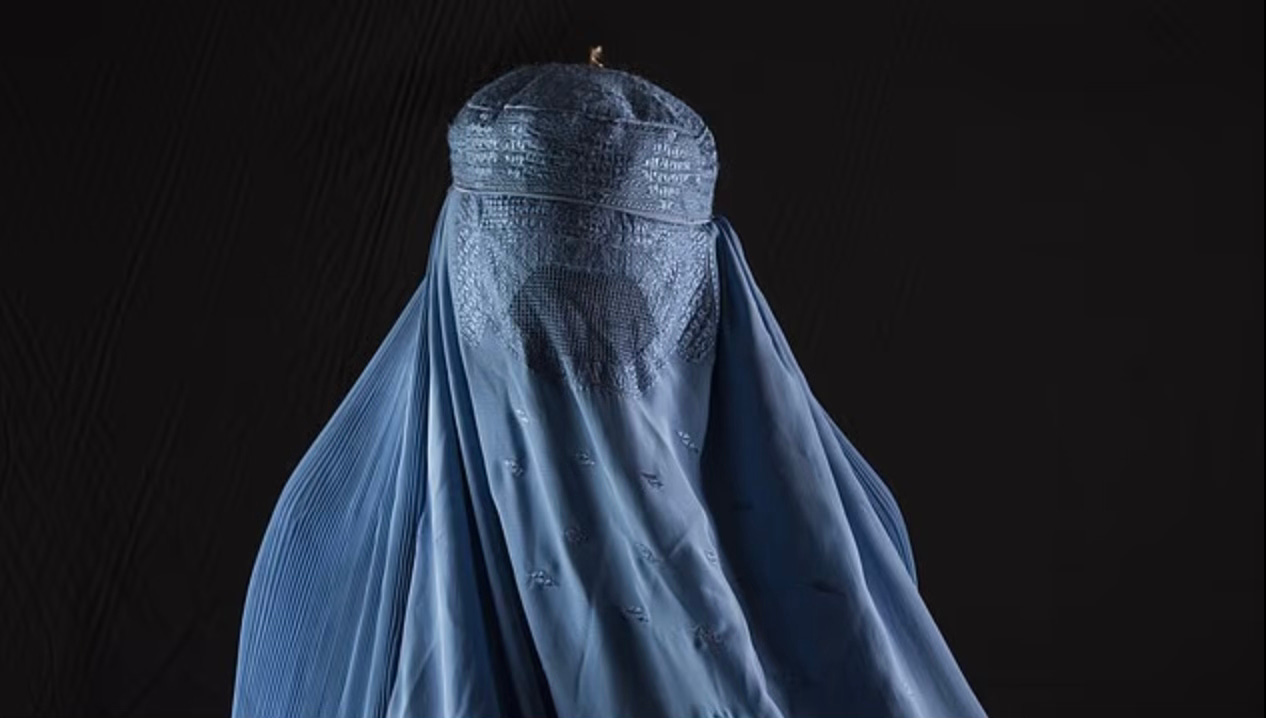David Vance SubstackRead More
It turns out that a WOMAN is that which is defined in the 2010 Equality Act!
Who knew?
Yesterday, the UK Supreme Court delivered a landmark ruling in For Women Scotland v The Scottish Ministers, clarifying that the legal definition of a “woman” under the Equality Act 2010 is based on biological sex, defined as a person’s sex at birth.
This is good news in many ways, though I have a few quibbles.
The unanimous decision, led by Lord Reed, resolved a fiery debate over whether transgender women with a Gender Recognition Certificate under the Gender Recognition Act 2004 should be considered “women” for the purposes of the Equality Act. The ruling, which applies across England, Wales, and Scotland, has significant implications.
Let’s explore a few of these starting with WHY this case came about!
The case originated from a challenge by For Women Scotland (FWS) to the Scottish Government’s guidance on the Gender Representation on Public Boards (Scotland) Act 2018, which mandated 50% female representation on public boards. FWS argued that including transgender women (men) with GRCs in the definition of “woman” undermined the law’s aim to address historical underrepresentation of biological women.
I am conflicted about this because it is plainly WRONG to mandate 50% female representation on ANY public board! We want the best people, not the requisite gender mix.
Represented by Aidan O’Neill KC, FWS contended that “sex” in the Equality Act refers to immutable biological sex, not legal sex acquired through a GRC. The Scottish Government, represented by Ruth Crawford KC, countered that the Gender Recognition Act’s provision that a GRC changes a person’s sex “for all purposes” meant transgender women (men) with GRCs should be treated as women under the Equality Act.
Isn’t it crazy we talk about “biological sex” and “legal sex” when there have only ever been TWO sexes and they are immutable?
The Supreme Court ruled that “sex” in the Equality Act refers to biological sex, not the sex recorded on a GRC. This is fair enough.
While the Gender Recognition Act allows transgender individuals to change their legal sex, the court clarified that this does not extend to overriding the Equality Act’s protections based on biological sex. I think that the Gender Recognition Act itself needs struck down as it is perpetuating the delusion that sex can be changed!
Consequently, transgender women (men) with GRCs are not automatically entitled to the same sex-based protections as biological women, such as access to single-sex spaces or certain affirmative action measures. However, they retain protections under the Equality Act’s “gender reassignment” category.
The upside to this ruling is that it strengthens the ability of single-sex services—such as refuges, prisons, hospital wards, and sports—to exclude transgender women (men) with GRCs if the exclusion is proportionate and serves a legitimate aim, as permitted under the Equality Act. This overturned a 2022 Scottish court decision by Lady Haldane, which had suggested that “sex” in the Equality Act included GRC holders. The Supreme Court’s decision also provides clarity on the interaction between the Equality Act and the Gender Recognition Act, addressing years of legal ambiguity.
Interventions by the Equality and Human Rights Commission (EHRC) and Amnesty International also flag up the ruling’s broader implications. The EHRC noted that Parliament likely intended GRC holders to be treated as their certified sex but urged legislative reform to address inconsistencies. Shamnesty warned that the ruling could undermine transgender protections and set a precedent affecting other minority rights. Yawn,
Gender-critical groups, including FWS and supporters like J.K. Rowling, have celebrated this as a victory for women’s sex-based rights, particularly in contexts like equal pay, maternity protections, and single-sex spaces. Trans rights advocates, including Shamnesty, have been whining that it could lead to discrimination against transgender women (men) by limiting their access to women-only services. Obviously MEN should not be accessing women-only services in the first place.
Anything that helps restore sanity is welcome and so this legal determination is a small step in the right direction!
****If you enjoy all the content that I put out here every day, can I ask you to consider to becoming a PAID subscriber, it’s only £5 a month, you can cancel if you don’t enjoy it but I know you will. I want to thank the kind people who already do this, without your help this becomes impossible. Thank you in anticipation of your support***





































